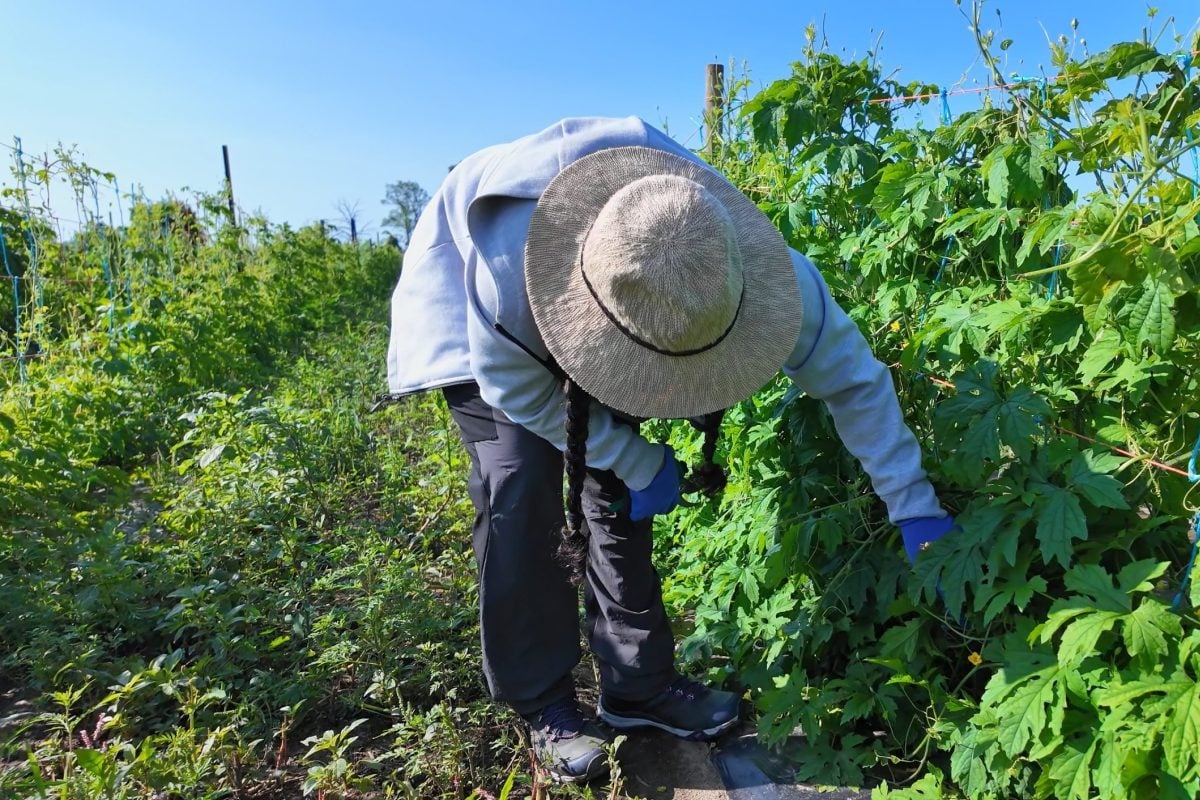BEIJING, March 9 (Reuters) – China’s major corn producing regions are urging Beijing to give more financial aid to farmers and accelerate efforts to boost demand for grain as farmers struggle with low prices and nascent steps to get rid of its ageing, bulging stockpiles stumble.
Pleas for help from Jilin and Heilongjiang, two top corn growing provinces, come as farmer’s profits dwindle even after the central government doled out 39 billion yuan ($5.7 billion) in subsidies last year to growers in the northeast corn belt.
Beijing has tried to pass the financial burden of buttressing its grain farmers and major corn users to regional authorities, and analysts reckon government support will fall this year.
Read Also

Strong borders bill could increase temporary foreign worker vulnerability says National Farmers Union
The National Farmers Union (NFU) says Bill C-2, called the Strong Borders Act, might increase the vulnerability of temporary foreign workers.
Local governments have issued subsidies to corn processors and feed makers, hoping to cushion farmers from reform shock.
But parliamentary delegates and analysts say it won’t be enough to offset the drop in prices and absence of a minimum purchase price.
“The corn prices are lower than what the policies intended, so I suggest we appropriately increase corn subsidies … to protect corn farmers’ profits,” Guo Naishuo, a delegate from Jilin to the National People’s Congress, China’s parliament, said on Wednesday.
Farmers in the northeast now make about 300 yuan ($43.36) less for each .15 acre of corn they grow than a year ago, said Xi Yinsheng, of the Research Centre for Rural Economy under China’s Ministry of Agriculture, the China Times reported.
The region’s woes illustrate the challenges for Beijing as it scrambles to cut a corn glut by inventing uses for the grain, such as biodegradable plastics, ensure food supplies for its growing urban population and secure livelihoods for millions of farmers.
“With such huge stocks, we must think of ways to digest them in a couple of years,” Chen Xiwen, a leading agricultural policy adviser, told Reuters.
The end of the state reserve program last year has left Beijing with about 230 million tonnes of corn, he said, equal to a year of demand. Most of it is too old to be used for human consumption.
One way is to promote the nation’s polylactide sector, which turns corn starch and cassava into biodegradable plastic products such as bags and plates, as well as boosting production of ethanol.
Others measures include using corn to make a sweetener called xylitol, and degradable films used in greenhouses, Chen said.
But so far, these fledgling efforts have not led to a big jump in consumption of the crop, experts said.
Mei Zhangji, delegate from Heilongjiang, called on the government to boost the use of corn-based ethanol nationwide and lift restrictions on private companies entering the country’s fledging biofuel market, which is dominated by state-owned enterprises.
“We are going through a transition period. Please help us go though this difficult period,” he said on Thursday.
At the same time as the government is looking for new channels for its corn, it is urging farmers to cut corn acreage.
Corn acreage is set to fall by 0.7 percent each year in the five years to 2020 to reach 82.3 million acres, China’s State Council said in October.
For its part, Jilin will reduce corn acreage by 741,000 acres in 2017, according to its 2017 work report.
“Jilin farmers have been growing corn for several generations. If you don’t allow them to grow corn, what else can they grow?” asked Liu Ye, a member of China’s largely ceremonial parliamentary advisory body. He is also president of a major agriculture company in Jilin.














